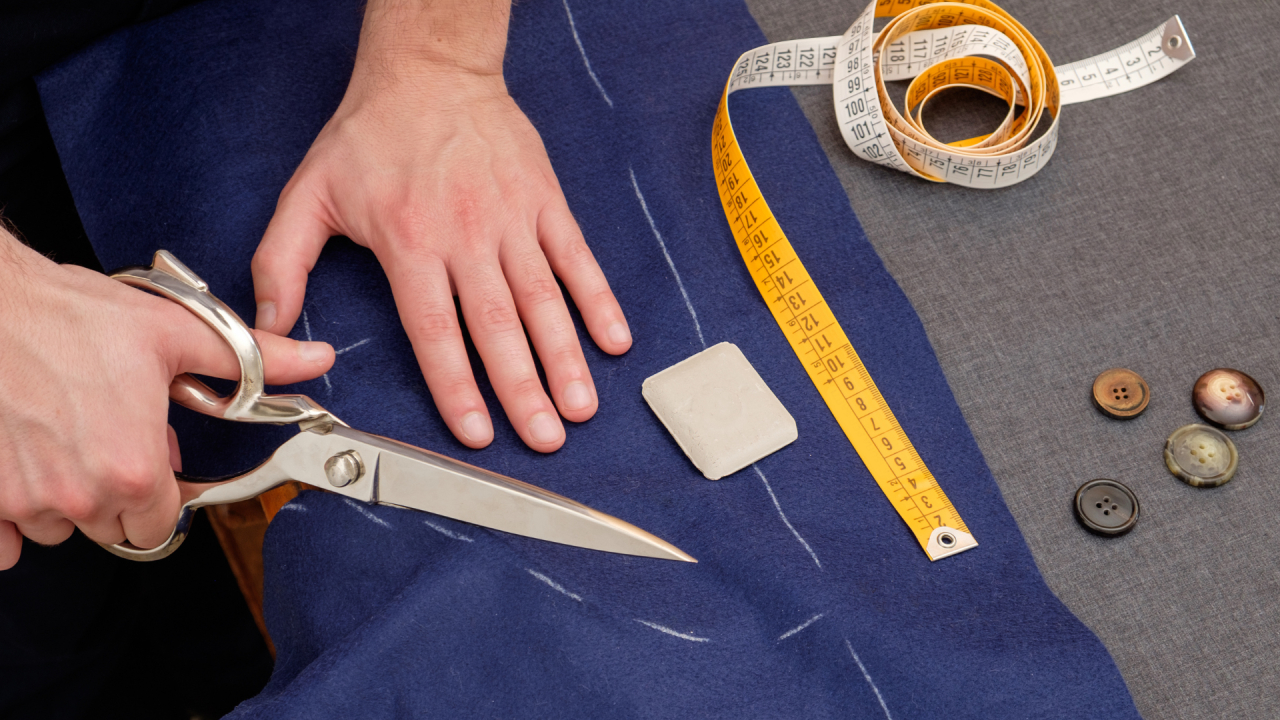She sits, bent over fabric pieces, like an alchemist over precious ingredients of her potion. Her fingers are sensitive conductors between thought and matter, and her needle is a magic wand, transforming flat material into three-dimensional worlds. The profession of a seamstress is the most ancient form of creativity, where mathematical precision dances with flights of fancy, and technical mastery embraces intuition.
But what distinguishes an ordinary seamstress from a true master whose creations make us freeze in admiration? Often it’s not just about experience and talent, but about the depth of knowledge that nourishes the creative process. I’ll let you in on a secret: the most outstanding seamstresses are those who immerse themselves in an ocean of information, drawing inspiration from a wide variety of sources.
Take, for example, the little-known principle of “biomimetics”—the science that studies and imitates natural forms and mechanisms. Modern seamstresses familiar with this concept create clothing that not only looks attractive but also functions like living organisms: it breathes, adapts to body temperature, changes shape. Knowledge of the principles of spider web construction or butterfly wing structure can inspire the creation of incredibly strong yet lightweight sewing constructions.
In the world of sewing, there are contradictory views on the relationship between tradition and innovation. One school asserts that a true master must rigorously follow classical techniques that have been refined over centuries. Another insists that only breaking rules leads to new horizons of creativity. But the wisest seamstresses understand: true mastery is born in the dialogue between past and future, when understanding tradition gives freedom for its creative reinterpretation.
What if we look at the profession of a seamstress through the concept of “cognitive ergonomics”—the science of how information and knowledge affect productivity? Paradoxically, a seamstress who spends time studying areas seemingly distant from sewing—from color psychology to crystallography—ultimately creates more harmonious and functional items. Her mind, enriched with diverse knowledge, becomes a multifaceted prism through which ordinary fabric transforms into a work of art.
I remember once reading about the art of Japanese kintsugi—a ceramic restoration technique where cracks are not hidden but emphasized with gold lacquer, turning imperfection into part of the item’s history. This philosophy completely changed my approach to sewing. Instead of hiding seams and stitches, I began to make them visible, turning “technical necessity” into a decorative element. My clients were delighted with this new aesthetic, which is simultaneously honest and elegant.
Few know about the existence of “epistemic sewing”—a term I coined to denote an approach where each item becomes the embodiment of a certain idea or concept. For example, a dress whose construction is based on the principles of fractal geometry, or a jacket with encoded mathematical formulas. Such an approach transforms a seamstress from a craftsperson into a true philosopher of fabric, and her products acquire an intellectual dimension.
In contrast to the modern trend for fast fashion, studying costume history opens a treasure trove of forgotten techniques and aesthetic solutions for a seamstress. Imagine a tunic sewn using the ancient Egyptian method of seamless cutting, or a modern jacket with elements of medieval doublet construction. Such items carry not only functional and aesthetic but also cultural-historical value.
In the world of sewing, there is a phenomenon of “tactile intelligence”—the ability to understand and feel material at a deep level. Interestingly, this ability develops not only through practice but also through theoretical knowledge about the structure of fibers, the history of fabrics, cultural contexts of using different materials. A seamstress with such knowledge chooses fabric not only with her eyes and fingers but also with a mind saturated with information.
Sewing mastery is not just a set of technical skills, but a special way of thinking where analysis and intuition, calculation and imagination come together. And it is the diversity of intellectual baggage that fuels this complex mechanism of creativity. We, seamstresses, stand at the intersection of many worlds—art and craft, tradition and innovation, science and fantasy.
So if you’ve decided to connect your life with this amazing profession or simply want to elevate your hobby to a new level—don’t limit yourself to just practical sewing guides. Expand your horizons, immerse yourself in various fields of knowledge. Research shows that regular reading stimulates creative thinking, helps see unexpected connections between phenomena, and enriches your visual vocabulary. Many great designers admit they draw inspiration not from fashion magazines, but from works of literature, scientific treatises, and historical research. Give yourself this opportunity to expand the boundaries of your craftsmanship—start tonight on a journey through pages that will open new dimensions in the world of sewing.



